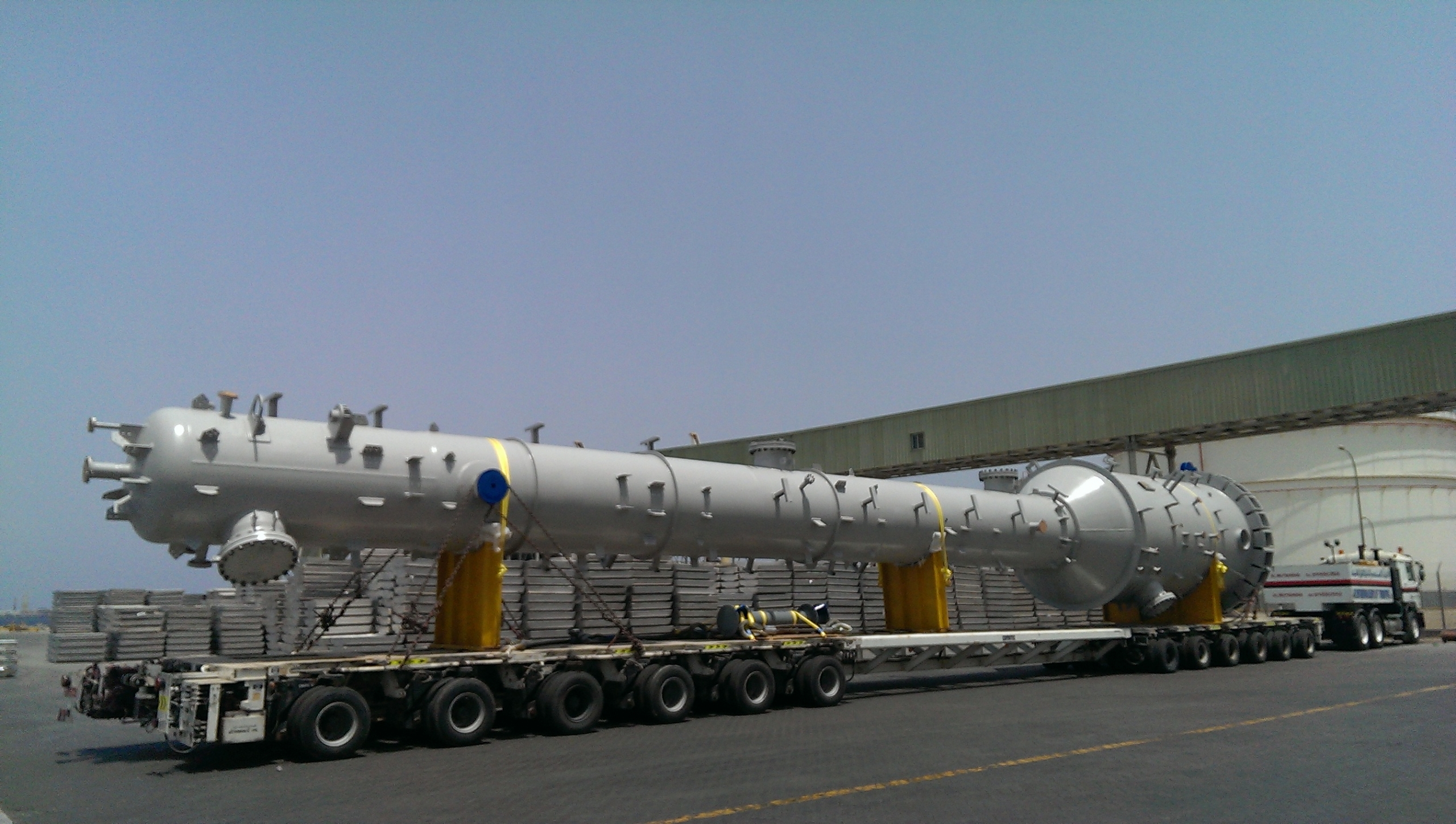H2S is a typical component of sour water from the upstream oil and gas facilities which needs to be removed before the produced water can be disposed of. Detailed process simulation, that adequately reflects the given sour water composition and stripping gas, has to be performed to ensure optimum column performance and efficiency.

H2S Removal
The produced water stripping process follows a typical pattern where the liquid feed stream enters the top of the column via a feed distribution manifold while the stripping gas is introduced at the bottom of the tower and rises through the column. Inside the column, a bespoke set of internals, force the liquid to flow back and forth horizontally while the vapour bubbles up through the holes in the trays. This increases the contact area between the liquid and vapour phases and optimize the mass transfer. H2S transfers from the liquid phase into the gas phase, with an H2S “free” stream exiting at the bottom of the column.
Many parameters have to be taken in consideration when designing an H2S stripper, including pH, salt composition, stripping gas, etc leading to each solution being a custom made design.
Discover The Future
Smart designs for removing oil and suspended solids from produced water
